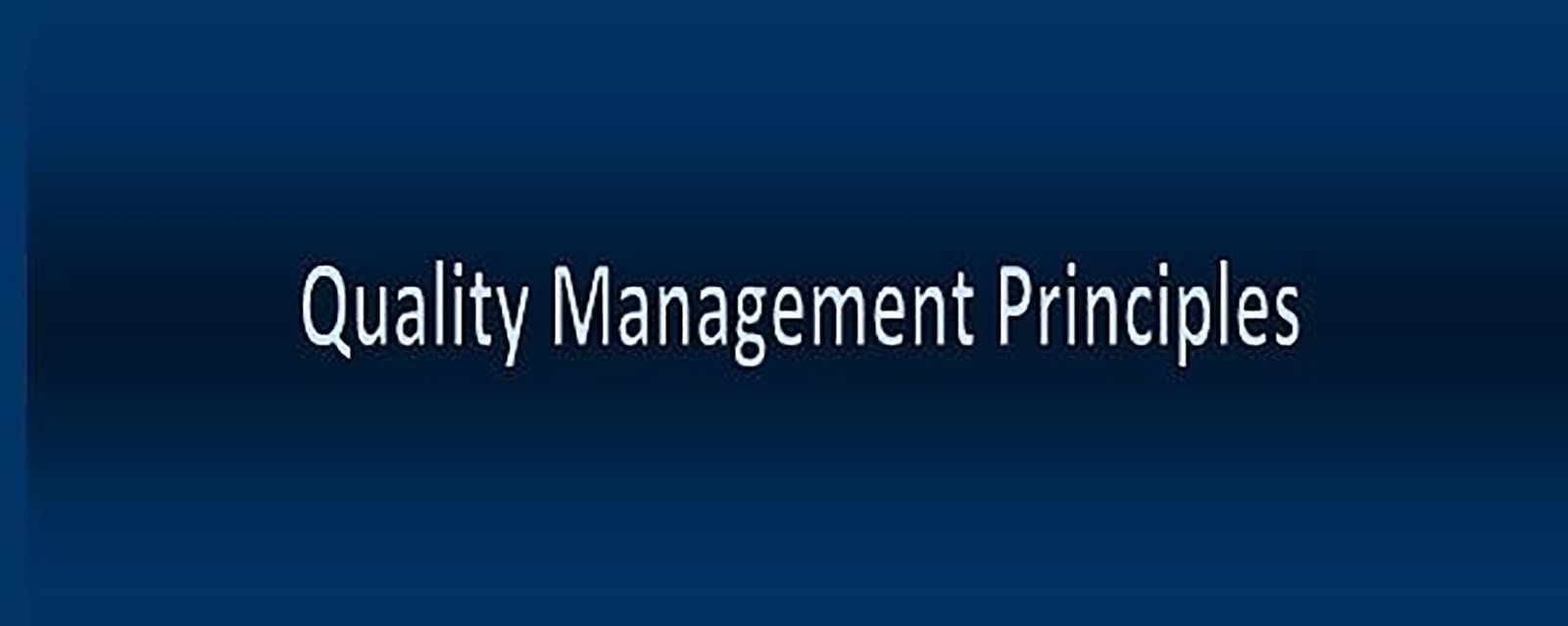Iso 9001 Internal Auditing and Training in Ohio
Serving Ohio, Indiana, Pennsylvania, Kentucky, and Illinois
ISO 9001
ISO 9001 specifies requirements for a quality management system when an organization:
a) needs to demonstrate its ability to consistently provide products and services that meet customer and applicable statutory and regulatory requirements, and
b) aims to enhance customer satisfaction through the effective application of the system, including processes for improvement of the system and the assurance of conformity to customer and applicable statutory and regulatory requirements.
All the requirements of ISO 9001 are generic and are intended to be applicable to any organization, regardless of its type or size, or the products and services it provides.
The Benefits of ISO 9001
The adoption of a quality management system is a strategic decision for an organization that can help to improve its overall performance and provide a sound basis for sustainable development initiatives.
The potential benefits to an organization of implementing a quality management system based on this International Standard are:
a) the ability to consistently provide products and services that meet customer and applicable statutory and regulatory requirements
b) facilitating opportunities to enhance customer satisfaction
c) addressing risks and opportunities associated with its context and objectives
d) the ability to demonstrate conformity to specified quality management system requirements.
This International Standard can be used by internal and external parties.
It is not the intent of this International Standard to imply the need for:
- uniformity in the structure of different quality management systems
- alignment of documentation to the clause structure of this International Standard
- the use of the specific terminology of this International Standard within the organization.
See What Continuous Improvement & Standardization Can Do for Your Company
The quality management system requirements specified in this International Standard are complementary to requirements for products and services.
This International Standard employs the process approach, which incorporates the Plan-Do-Check-Act (PDCA) cycle and risk-based thinking.
The process approach enables an organization to plan its processes and their interactions.
The PDCA cycle enables an organization to ensure that its processes are adequately resourced and managed, and that opportunities for improvement are determined and acted on.
Risk-based thinking enables an organization to determine the factors that could cause its processes and its quality management system to deviate from the planned results, to put in place preventive controls to minimize negative effects and to make maximum use of opportunities as they arise (see Clause A.4).
Consistently meeting requirements and addressing future needs and expectations poses a challenge for organizations in an increasingly dynamic and complex environment. To achieve this objective, the organization might find it necessary to adopt various forms of improvement in addition to correction and continual improvement, such as breakthrough change, innovation, and re-organization.

The International Standard is based on the quality management principles described in ISO 9000. The descriptions include a statement of each principle, a rationale of why the principle is important for the organization, some examples of benefits associated with the principle and examples of typical actions to improve the organization's performance when applying the principle.
The quality management principles are:
- customer focus
- leadership
- engagement of people
- process approach
- improvement
- evidence-based decision making
- relationship management.
ISO 9001 training is crucial for a company’s success. Talk with us to learn why by calling 330-327-3060.
CONTACT INFORMATION
Phone:
(330) 327-3060
Email:
info@nckconsulting.com
Address: North Canton, Ohio
BUSINESS HOURS
Monday - Friday 8:30 am to 5:00 pm
Saturday - Sunday Closed






